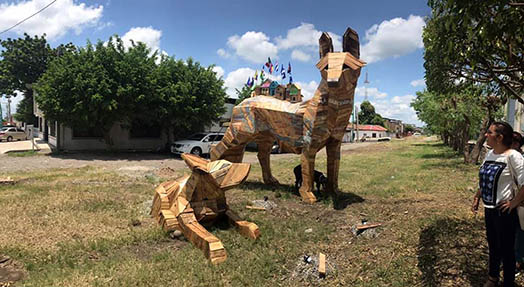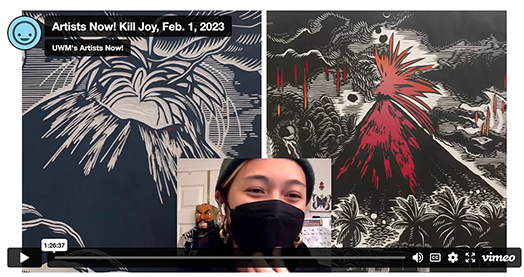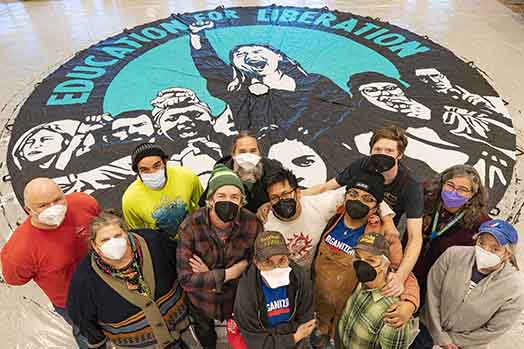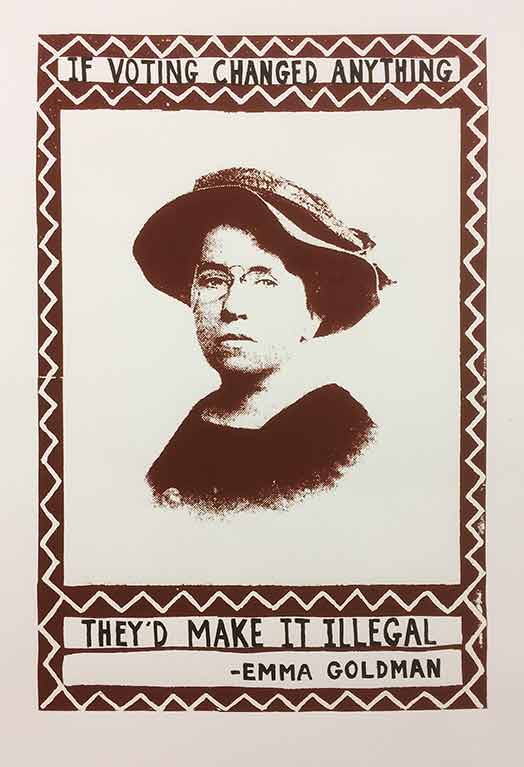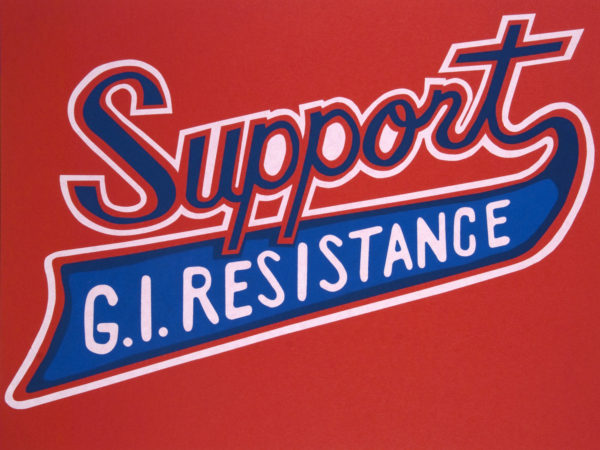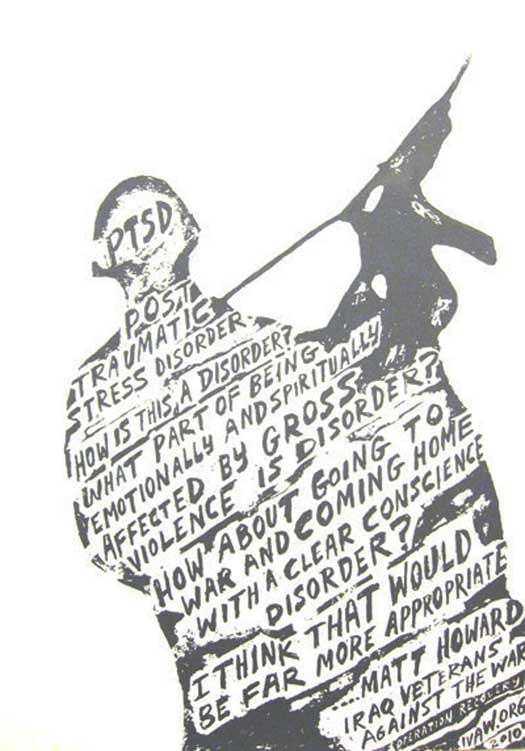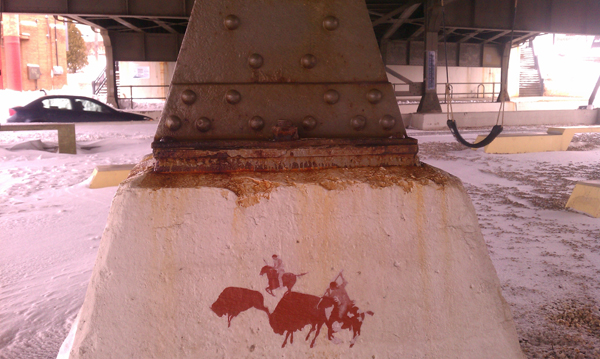
This past Spring semester I taught a studio class called “Printmaking in Urban Spaces” at the University of Wisconsin-Milwaukee. The course was described as such: “This course will focus on printmaking as an interdisciplinary art form and printmaking as a means to place visual art and messages in public spaces. The emphasis will be on alternative printmaking (DIY printmaking, collective art, public art, and street art.) Students will gain skills in silkscreening, linocuts, stencils, and other forms of low-tech printmaking. Additionally, the course will cover print-related art history, forming print collectives, learning eco-art methods (mud stencils), and learning how to build your own DIY mobile print cart. Throughout the semester, students will work on a number of directed and self-directed projects that views the city as our canvas. The emphasis is on learning, experimenting, and considering new ways of creating prints –it is not on the finished print, signed editions, etc.”
Students were asked to place all work in the public and could choose their own themes and content. They also had to navigate their own choices regarding permission/non-permission, and their own choices on how to affix the work – wheat paste, tape, gift art, eco-art, etc.
A point of emphasis was on critiques and peer review with the goal to help foster smart, thoughtful work that would enhance public space. Below is a sample of some of the work:
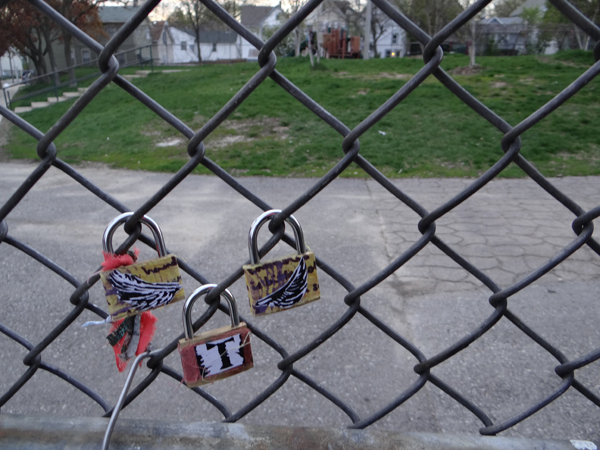
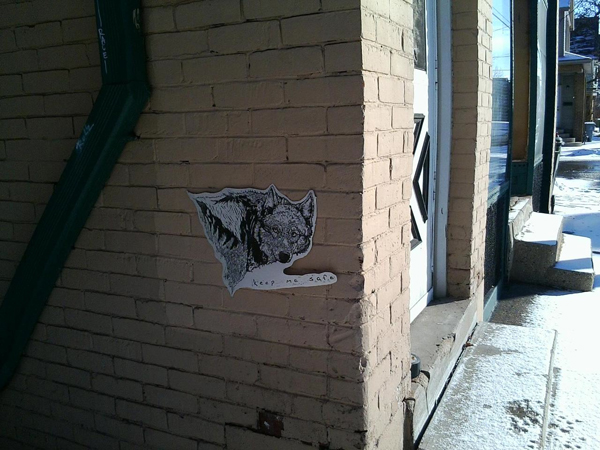
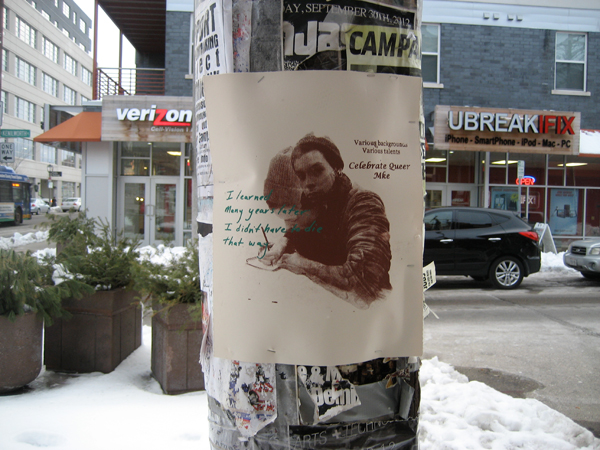
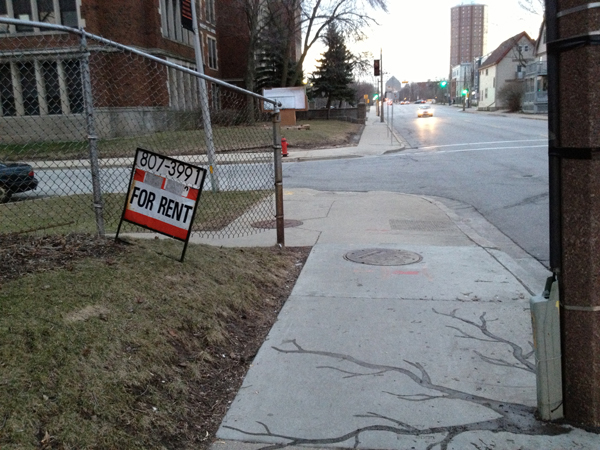
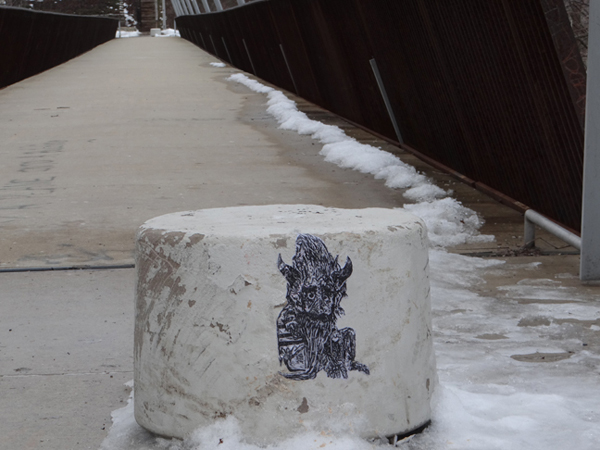

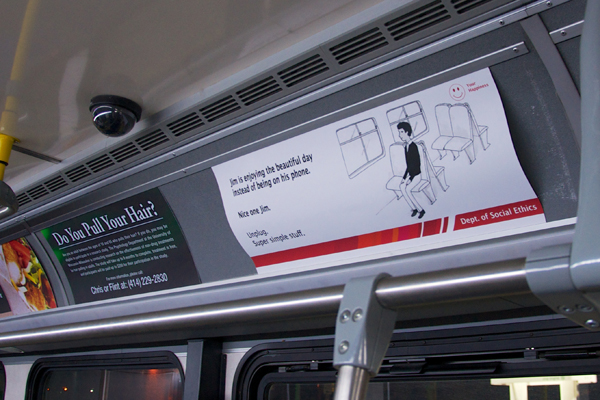

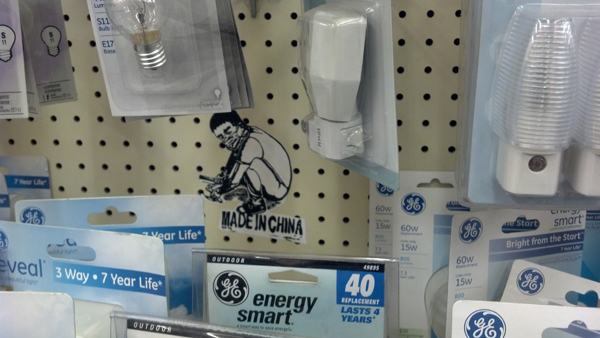
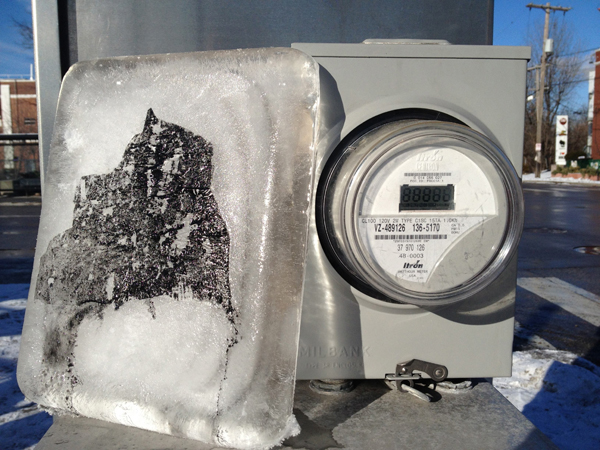

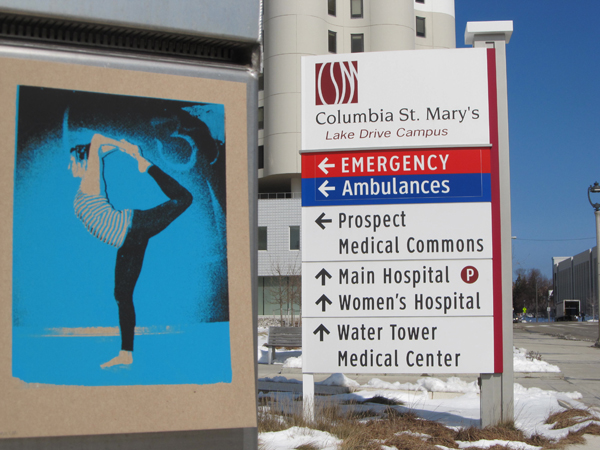


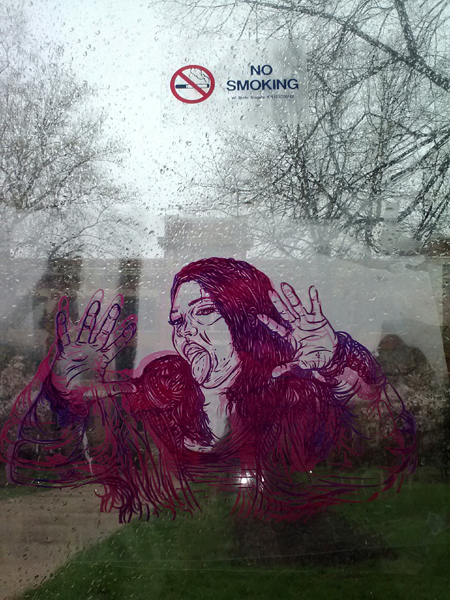
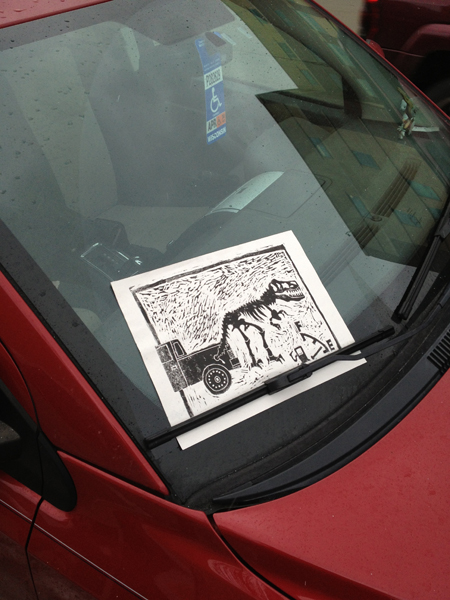

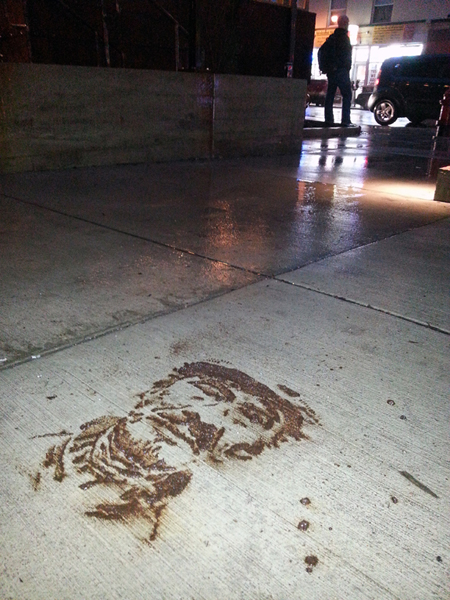
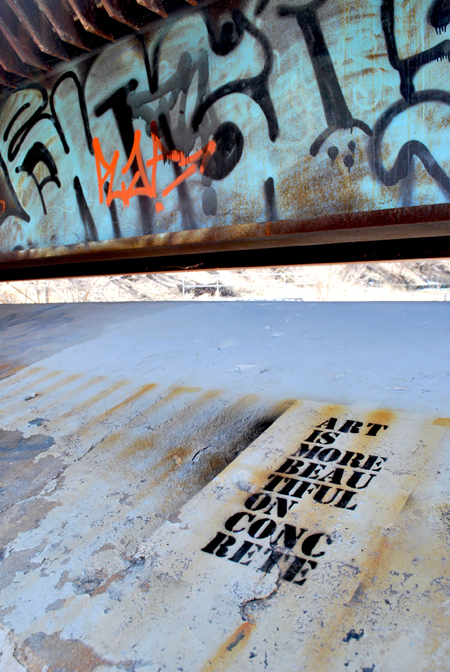
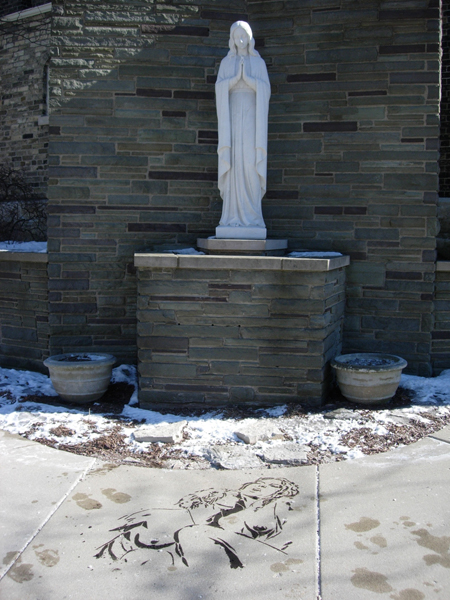
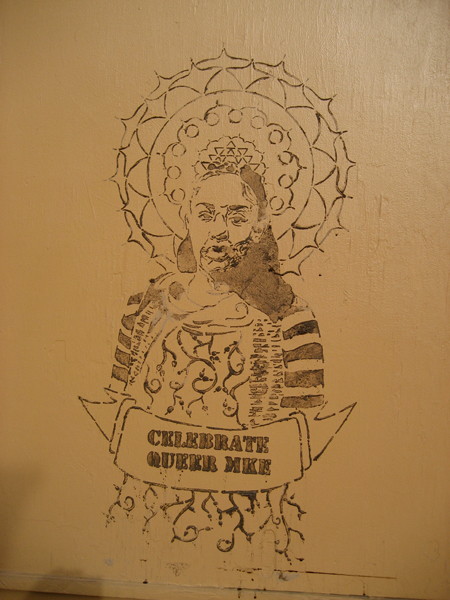
If one wonders about the fine line between permission/non-permission, my suggestion, if you are an instructor, is to include a disclaimer in your syllabus, and to have a healthy dialogue about why work should follow one route over the other. My syllabus included: “Students should be well aware of all laws regarding posting work in the public and should do so legally. Stenciling and wheat pasting in the public or on private property (without permission from the owner) is illegal and carries penalties. You will be surprised that if you ask for permission, you will often be granted. There are numerous locations in the city where putting up art is allowed. Have discussions with the instructor and fellow classmates before putting up your work. Be smart. Be safe. Follow your own comfort level. There is no pressure to put up work illegally. All the work that is put up in public can be done so by permission if needed.”
